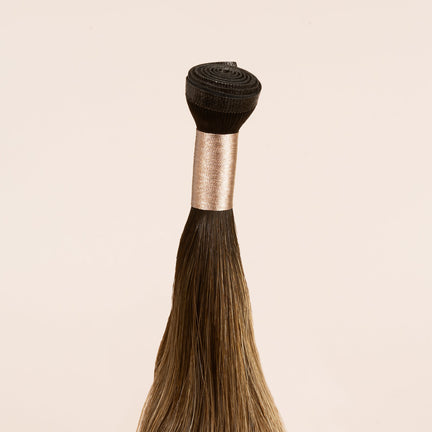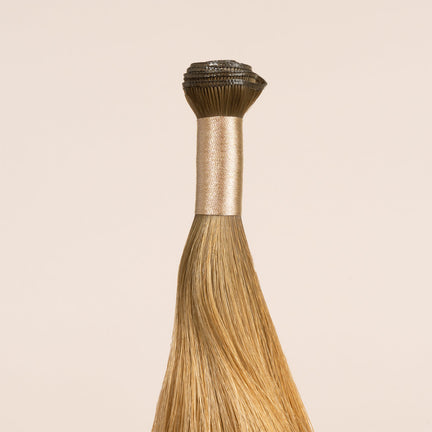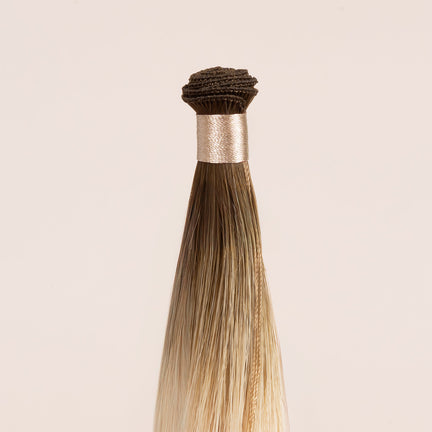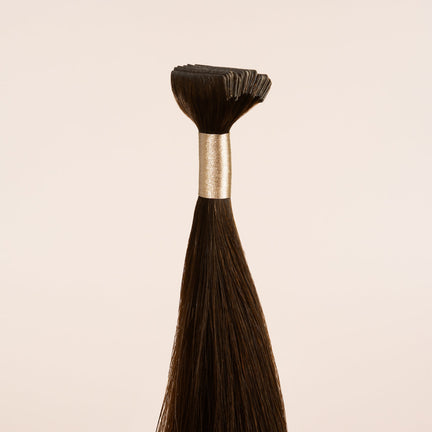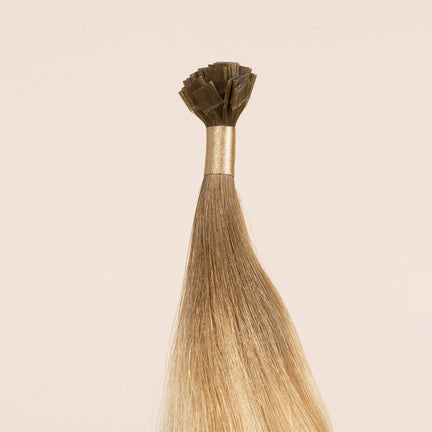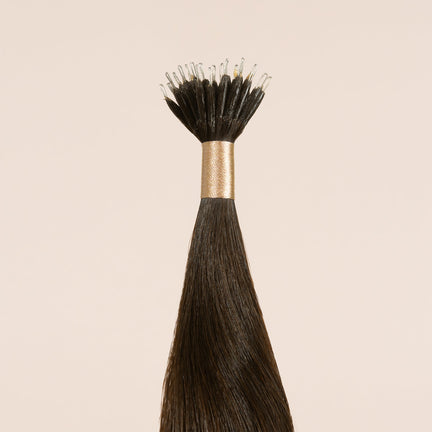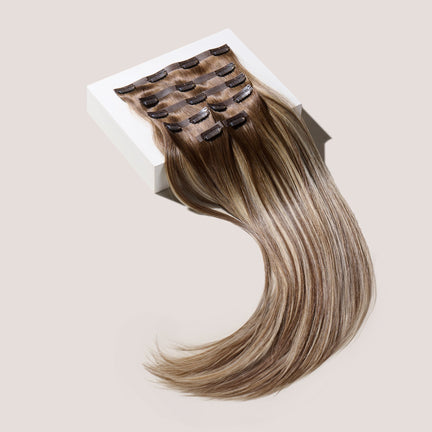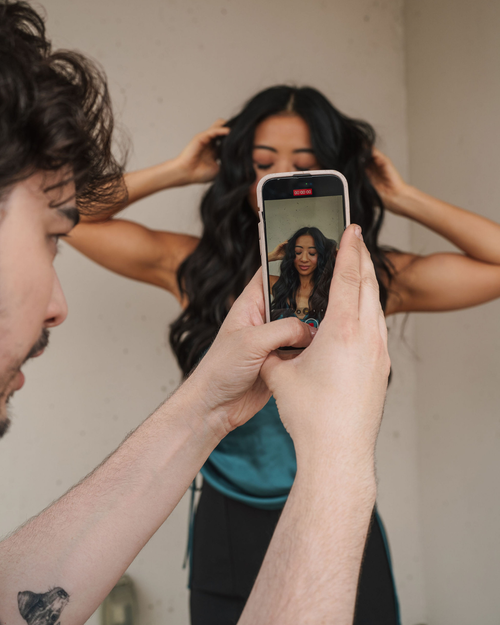Damaged Your Hair? Extensions Can Help You Grow Through It
Jul 04, 2025

We’ve all been there—whether it was bleach gone wrong, a little too much heat styling, or just general wear and tear, hair damage can feel disheartening. But here’s the good news: damaged hair doesn’t mean you have to sacrifice feeling beautiful and confident while you grow it out. In fact, with the right approach (and the right stylist), extensions can be your best-kept secret during the grow-out phase.
The Emotional Toll of Damaged Hair
When your hair is damaged, it’s more than just a cosmetic issue. It can affect how you show up in the world—how you style yourself, how you feel walking into a room, and even how you engage with your personal style. At Philocaly, we believe in not only restoring the beauty of your hair but also your confidence. That’s where extensions come in—not to hide the problem, but to empower you while your natural hair heals and flourishes underneath.
Extensions: A Bridge to Your Hair Goals
Think of extensions as a supportive tool—not a cover-up, but a stepping stone. They give you the ability to maintain your desired look while working with your stylist on long-term repair and regrowth strategies.
Of course, not all extensions are created equal, and not all stylists are trained to work with damaged hair. That’s why it’s so important to see a certified Philocaly stylist who understands how to customize and apply extensions with the health of your hair as the top priority.

Best Extensions for Damaged Hair: Genius Wefts, K-Tips & Clip-Ins
When it comes to working with damaged hair, Genius Wefts , keratin tip (K-tip) extensions , and even clip-ins can be game-changers—when used correctly.
Genius Wefts
Genius Wefts are ultra-thin, flexible, and lightweight, making them an ideal option for clients with fragile or damaged hair. These wefts lay flat against the scalp for a seamless, natural look while allowing your stylist to customize placement with minimal stress on your natural strands. They’re perfect for adding volume and coverage in areas that need a little extra support.
K-Tip Extensions
K-tips offer a more customizable option, as they can be applied strand by strand. This makes them ideal for targeted areas of breakage or uneven hair growth. They are bonded with keratin (a protein your hair naturally contains) and grow out seamlessly. Plus, they’re great for those who prefer flexibility with styling and a super-natural finish.
Clip-In Extensions
For those not ready for a semi-permanent extension method—or who simply want a quick boost for events, weekends, or special occasions— clip-in extensions are the perfect solution. They offer instant volume and length without commitment or strain on your natural hair. You can pop them in when you need a confidence boost and take them out just as easily, making them ideal for anyone working through a grow-out phase who still wants to look and feel fabulous on demand.
Recommended Products
Selecting the right extension method for your specific hair type, lifestyle, and level of damage is absolutely essential—and should always involve a trained stylist’s professional assessment.
Don’t Skip the Basics: Hair Health Still Comes First
While extensions can help transform your look and support your grow-out journey, it’s still crucial to care for your natural hair underneath.
Extensions work best when paired with healthy habits that promote real, lasting repair.
Here are some essential tips for growing out damaged hair:
Get frequent trims to remove split ends and encourage healthier growth.
Use hydrating hair masks regularly to nourish and repair from the inside out.
Limit heat styling as much as possible—embrace air drying, heatless styles, or low-heat tools.
Sleep on a silk pillowcase to minimize friction and breakage while you rest.
Tie your hair in a loose braid or low ponytail at night to prevent tangling and tension.
Avoid bleach or harsh chemical treatments until your hair is stronger and more resilient.
Small, consistent changes like these can make a big difference over time—and your future self (and hair!) will thank you.
So, if you’ve recently damaged your hair—take a breath. You’re not alone, and you’re not stuck. With the right extensionist and the right method, you can absolutely thrive through your grow-out phase.
Find a certified Philocaly stylist near you and take the first step toward your healthiest, most beautiful hair yet.
Frequently Asked Questions
Can I get extensions if my hair is damaged or breaking?
Yes, absolutely—but only when applied by a trained professional who understands how to work with compromised hair. Certain methods like Genius Wefts or K-tips can actually help conceal damage and support your grow-out phase, while minimizing stress on your natural hair.
What’s the safest extension method for damaged hair?
There’s no one-size-fits-all answer. The safest method depends on the condition of your hair, where the damage is located, your hair density, and your lifestyle. A certified Philocaly stylist can assess your hair and recommend the best option—whether it’s Genius Wefts, K-tips, or even temporary clip-ins.
Will extensions make my hair worse?
When applied and maintained correctly, no—they won’t worsen damage. In fact, many clients find that extensions allow them to give their natural hair a break from heat styling and harsh chemicals, which actually supports recovery. The key is proper installation, regular maintenance, and working with a qualified extensionist.
Can I still use heat tools or style my hair with extensions?
Yes, you can—but with moderation. One of the biggest benefits of extensions is that they often reduce the need for daily styling. However, if you do use heat tools, always use a heat protectant and avoid direct heat on the bonds or wefts. Less is more when it comes to both your natural hair and your extensions.
